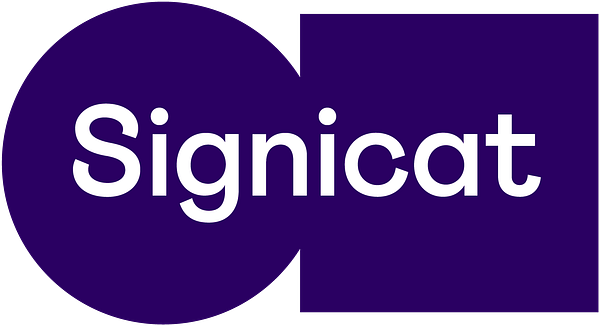
Blogginlägg -
The Nordics’ Fintech Superpower and Key Takeaways from Stockholm Fintech Week
Back for the second time last week was Stockholm Fintech Week, Sweden’s largest fintech event, where Signicat was a co-organiser. Notable international and national speakers shared insights and learnings in seven dedicated tracks. Over 700 attendees saw over 140 speakers on the stage during the week, with over 50 companies and organizations partnering up in various capacities as well as over 100 startups.
According to Fintech Global, Sweden has been named as a “FinTech Superpower”. According to FinTech Global data, Sweden is viewed as the “Nordic Fintech flagbearer” with fintech companies raising over 79.1% of the $2.7 billion investment in the Nordics (Sweden, Norway, Denmark, Finland and Iceland) since 2014. FinTech Global and Lana Brandorne, co-founder of Stockholm Fintech Week attribute this success to a strong economy, a bigger domestic market in the Nordics, and the government’s early technology support thereby reducing risks for entrepreneurs. One thing is for certain, tech is the new black and we’ll be seeing a growing InsurTech, RegTech and other industry “tech” discourses in the future.

What were the key takeaways?

On Thursday John Erik Setsaas, VP of Identity and Innovation, Signicat presented the findings from Signicat’s research on the “Battle to on Board III” where he highlighted that 38% of financial service applications in Europe are abandoned by consumers, despite massive investments in digital transformation. In Sweden in particular, consumers abandon onboarding primarily because they find applications take too long time to complete.
Other reasons for high abandonment rates are cumbersome manual processes of having to visit a branch/sending an application via the post or consumers’ concern over having to provide too much personal information. Signicat’s capabilities to enable a full digital identity lifecycle from onboarding, validation, authentication to electronic signing was presented where it was highlighted that the first three engagement categories with a customer are more operational whereas the last one is where commitment from the customer is made.
 On the same day, John Erik was on a panel on “how to meet Know Your Customer (KYC)-obligations while maximizing the inflow of new customers” where it was clear that winners in the financial customer acquisition race understand the importance of a seamless digital onboarding experience, whilst having to comply with increasingly stringent KYC and Anti Money Laundering (AML) requirements.
On the same day, John Erik was on a panel on “how to meet Know Your Customer (KYC)-obligations while maximizing the inflow of new customers” where it was clear that winners in the financial customer acquisition race understand the importance of a seamless digital onboarding experience, whilst having to comply with increasingly stringent KYC and Anti Money Laundering (AML) requirements.
On Friday, Signicat hosted a panel discussion on “User experience vs. Security” where the main takeaways were:
- User experience must be improved
- Security is not necessarily the main reason for bad UX
- A good user experience may not necessarily be a fast user experience
- There are situations where we want to introduce more friction in the UX, e.g. if the consequences are high, e.g. when taking up credit when buying online.
A big thanks to our moderator and all our speakers at the panel:
- John Erik Setsaas, VP of Identity and Innovation, Signicat
- Johan Tjärnberg, Chairman of Signicat, CEO and co-founder of Bambora, EVP of Ingenico Group’s Retail Business Unit
- Sara Berg, Chief Operation Officer, Trustly
- Patrick Müller, E-commerce expert, Nets
- Johan Henrikson, CEO and co-founder, Verisec AB
